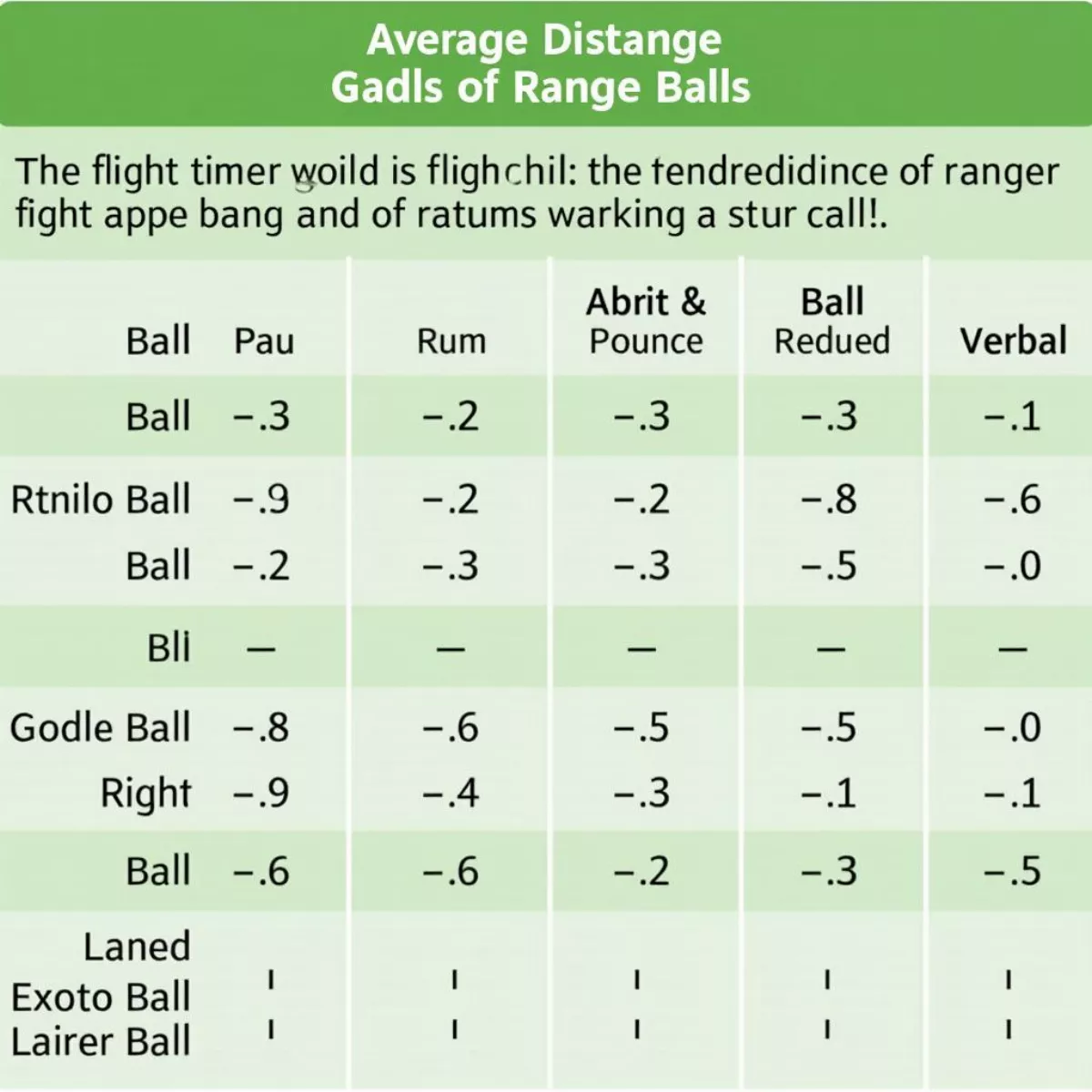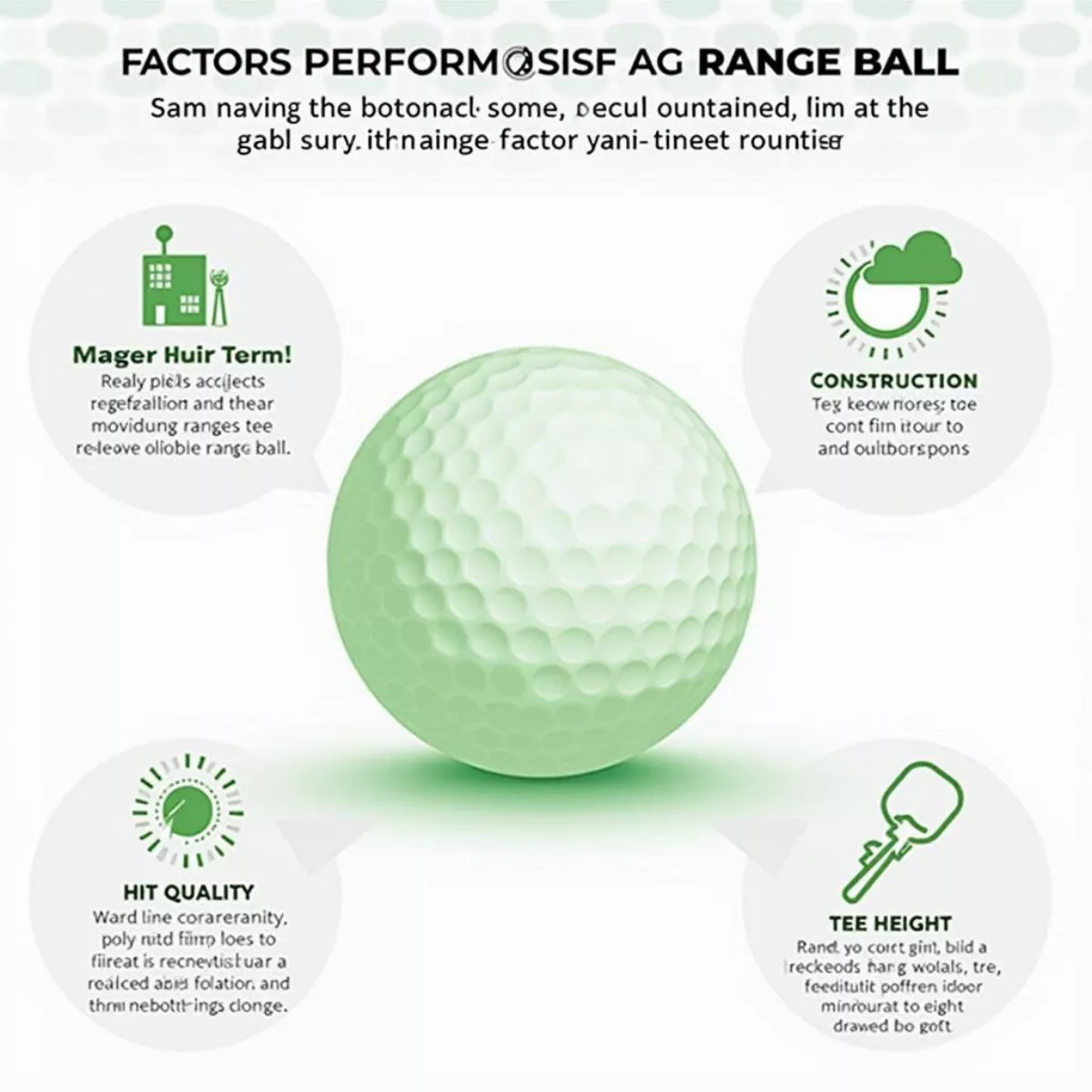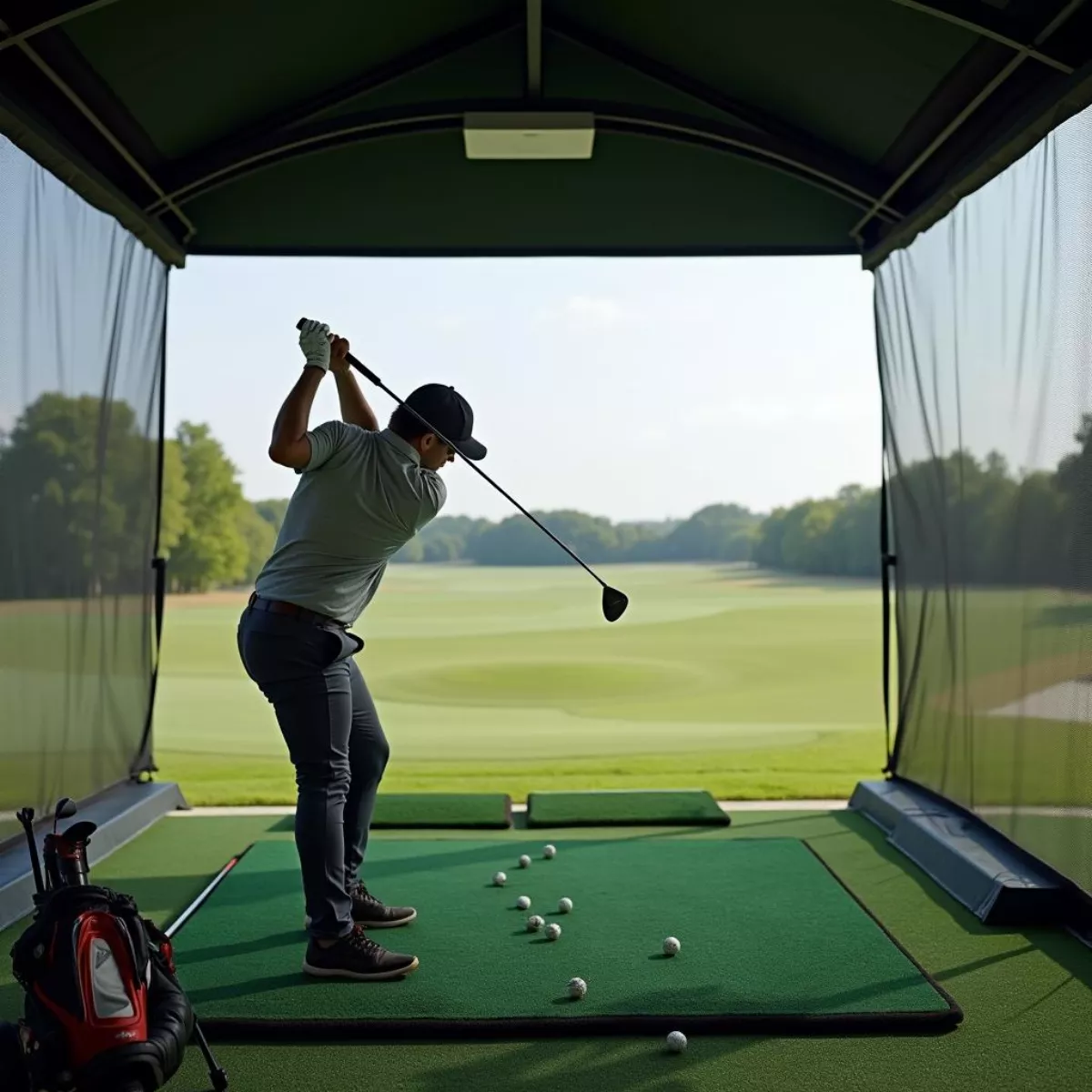Golfers often find themselves wondering about the difference between regular golf balls and range balls—particularly how much shorter range balls actually travel. Whether you’re a seasoned pro or a novice on the fairway, understanding this topic can enhance your practice sessions and overall game. In this article, we’ll delve into the science behind range balls, their construction, and how they compare to standard golf balls in terms of distance.
The Basics of Range Balls
Before we dive into the specifics, let’s clarify what makes range balls different. Typically used at driving ranges, these balls are designed to withstand the rigors of repeated hitting. They may look like regular golf balls but often have unique characteristics. Here are a few distinguishing features:
- Durability: Range balls are built to endure multiple strikes. This durability means they often sacrifice some performance characteristics.
- Construction Materials: Many range balls use harder covers and cores, which can affect their overall performance.
- Weight: Some range balls may weigh slightly more or less than standard golf balls, impacting their flight path.
The Key Metrics: Distance Comparison
So, how much shorter do range balls really fly? Research and anecdotal evidence suggest that range balls can travel anywhere from 10% to 30% shorter than standard golf balls. The exact difference in distance varies based on several factors, including:
- Swing Speed
- Ball Design
- Conditions (wind, altitude, etc.)
Let’s take a closer look at a distance comparison in a tabular format:
| Type of Ball | Average Distance (Yards) | Flight Time |
|---|---|---|
| Standard Golf Ball | 250 – 310 | 5 – 7 seconds |
| Range Ball | 200 – 270 | 4 – 6 seconds |
 Golf Ball Distance Comparison Chart
Golf Ball Distance Comparison Chart
Understanding Swing Speed and Impact
Your swing speed is crucial in determining how far a ball will travel. Players with higher swing speeds might notice a more pronounced difference in distance. For example, a golfer with a swing speed of 100 mph might hit a standard ball around 270 yards while their range ball only goes about 220 yards.
Factors Affecting Range Ball Performance
Various elements impact the performance of range balls:
- Construction Differences: As mentioned earlier, range balls have harder covers and cores, affecting compression and resulting in lower distance.
- Weather Conditions: Windy or wet weather can hinder ball flight, regardless of the ball type.
- Hit Quality: Top-notch swings will yield better results. Poor hits will likely bring down the distance for both types of balls, but it may be more noticeable with range balls.
- Height of the Tee: The tee height can also affect how a ball flies. Lower tees can lead to lower ball flight and less distance.
 Factors Affecting Range Ball Performance
Factors Affecting Range Ball Performance
Why Do Golfers Use Range Balls?
Many golfers question why they should practice with range balls if they travel shorter distances. Here are some compelling reasons:
- Cost-Effective: Range balls are more economical, allowing players to practice more often without breaking the bank.
- Durability: They last longer under repetitive use.
- Real-World Conditions: Practicing with range balls helps golfers focus on technique without the pressure of optimal performance.
Switching Between Range Balls and Standard Golf Balls
When transitioning from the driving range to the actual course, keep in mind that distance performance will change. To make this transition smoother, consider these tips:
- Use Similar Balls: If you play with premium balls on the course, try using similar models at the driving range to get a more accurate feel for distance.
- Adjust Your Expectations: Knowing range balls will fly shorter helps you recalibrate your distance expectations.
- Experiments with Different Balls: Don’t hesitate to try various brands of range balls to find the performance characteristics that suit your swing best.
Training Strategies With Range Balls
Practicing with range balls doesn’t necessarily mean compromising your skill development. Here are some strategies you can apply:
- Focus on Technique: Use your time on the range to improve your swing mechanics, stance, and follow-through.
- Short Game Practice: Work on your chipping and putting skills, as these are often less affected by ball type.
- Vary Your Clubs: Experiment with all clubs in your bag to gain valuable insight into how each performs.
 Golfer Practicing with Range Balls
Golfer Practicing with Range Balls
Conclusion
Understanding how much shorter range balls travel compared to standard golf balls is crucial for setting realistic practice goals. While you can expect a decrease in distance of 10% to 30%, the unique characteristics of range balls serve their purpose for effective practice. By adjusting your techniques and expectations, you can maximize your training sessions and prepare for success on the course.
Key Takeaways
- Range balls typically travel 10% to 30% shorter than standard balls.
- Factors such as swing speed, construction, and weather conditions greatly affect performance.
- Range balls are cost-effective and designed for durability, making them ideal for practice.
- Transitioning between range and course balls requires adjustment in technique and distance expectations.
FAQ Section
-
Why do range balls travel shorter than regular golf balls?
Range balls are designed with durability in mind, often using harder materials, which impacts their compression and distance.
-
How much shorter do range balls typically fly?
On average, range balls can fly 10% to 30% shorter than standard golf balls, influenced by factors like swing speed and ball design.
-
Can practicing with range balls affect my performance on the course?
Yes, while range balls can help with technique, their shorter distance means you should adjust your expectations when you switch to standard golf balls.
-
What types of range balls are available?
Range balls come in various constructions and designs, including hard cover, low spin, and oversized options.
-
Should I use the same brand of ball on the range as I do on the course?
Using a similar style of ball can help maintain a consistent feel and distance when practicing.
-
Are there any specific brands of range balls you recommend?
Brands like Titleist, Callaway, and Top Flite offer reliable options for range balls.
-
Will using range balls improve my game?
While not a substitute for focused practice with standard balls, range balls can help refine your swing and improve specific areas of your game.
-
Can I use range balls for competitions?
Typically, range balls are not permitted for official play, as they do not meet the USGA standards. Always check your local regulations regarding ball use.
-
How can I take advantage of range ball practice effectively?
Focus on swing mechanics, short game skills, and experiment with different clubs while adjusting expectations for distance.
-
Do range balls have different spin characteristics?
Yes, range balls usually produce less spin compared to premium golf balls, which impacts their flight behavior.
 Different Types of Range Balls
Different Types of Range Balls
Understanding the differences between range balls and standard golf balls can significantly enhance your practice experience. By being aware of how much shorter range balls go, you can approach your training with the right mindset and maximize your efficiency on the course. Happy golfing!

